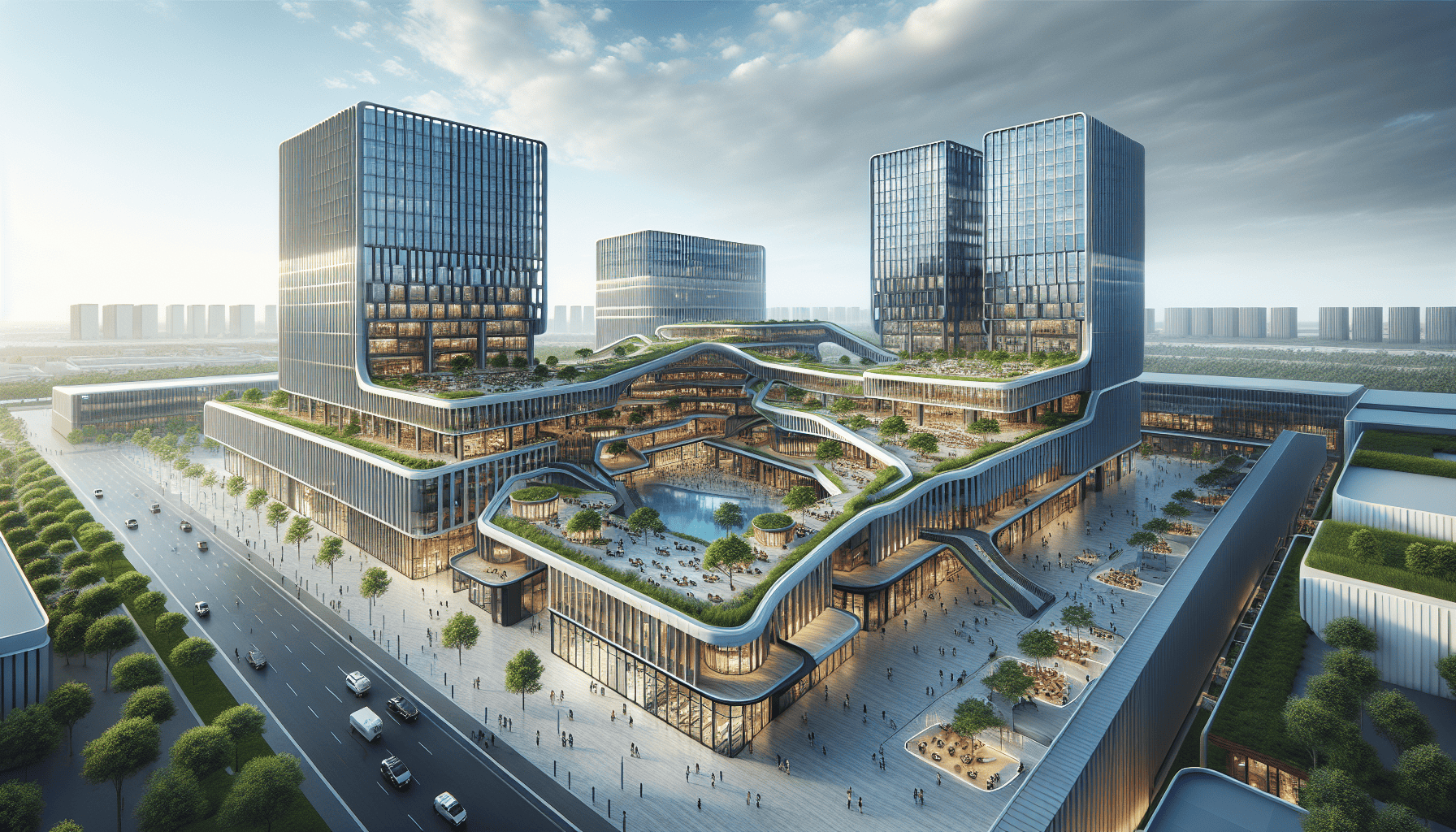Creating successful commercial complexes involves more than just constructing buildings; it requires meticulous planning, a deep understanding of the market, and a commitment to sustainability and community integration. This article explores the key elements that contribute to the design and functionality of dynamic spaces where businesses can flourish.
Strategic Location Selection
The foundation of any thriving commercial complex begins with the right location. Proximity to key infrastructures such as highways, public transportation, and residential areas significantly impacts the potential for business success. A well-chosen site not only draws foot traffic but also ensures ease of access for employees and customers alike.
Comprehensive Market Research
Understanding the local market dynamics is essential. Conducting thorough market research helps identify the types of businesses that are in demand, existing competition, and consumer behavior patterns. This data-driven approach allows developers to tailor the complex to meet specific needs, ensuring high occupancy rates and long-term viability.
Innovative Architectural Design
Aesthetics and functionality must go hand in hand in commercial complex design. Modern architectural trends focus on creating aesthetically pleasing spaces that also offer flexibility and scalability. Open floor plans, natural lighting, and sustainable materials are increasingly popular, offering businesses customizable spaces that can evolve as they grow.
Amenities and Shared Spaces
Incorporating a variety of amenities can set a commercial complex apart. Features such as conference centers, fitness facilities, dining options, and green spaces enhance the overall experience for both employees and visitors. Shared spaces, such as co-working areas and lounges, foster collaboration and innovation, making the complex a vibrant business hub.
Sustainability and Energy Efficiency
Sustainable design practices are no longer optional; they are a necessity. Incorporating energy-efficient systems, water-saving fixtures, and renewable energy sources can significantly reduce the environmental impact of a commercial complex. Certifications such as LEED (Leadership in Energy and Environmental Design) can also enhance the building's marketability and appeal to eco-conscious clients.
Technology Integration
The integration of advanced technologies is transforming commercial complexes into smart buildings. Features such as high-speed internet, automated lighting and HVAC systems, and security solutions enhance the functionality and safety of the complex. Additionally, implementing data analytics can provide valuable insights into space utilization and energy consumption, allowing for continuous optimization.
Community Engagement and Branding
A successful commercial complex does more than serve as a place of business; it becomes an integral part of the community. Engaging with local residents and businesses through events, sponsorships, and partnerships can foster a sense of belonging and loyalty. Effective branding and marketing strategies, including a strong online presence, are also crucial in drawing attention and attracting tenants.
Flexibility for Future Growth
The business landscape is constantly evolving, and commercial complexes must be designed with flexibility in mind. Modular construction, adaptable spaces, and the ability to accommodate new technologies are essential for ensuring the complex remains relevant and attractive to future tenants.
In conclusion, the creation of dynamic commercial complexes requires a holistic approach that balances strategic planning, innovative design, and a commitment to sustainability and community engagement. By focusing on these key elements, developers can create spaces where businesses not only operate but thrive, contributing to the overall economic vitality of the area.
